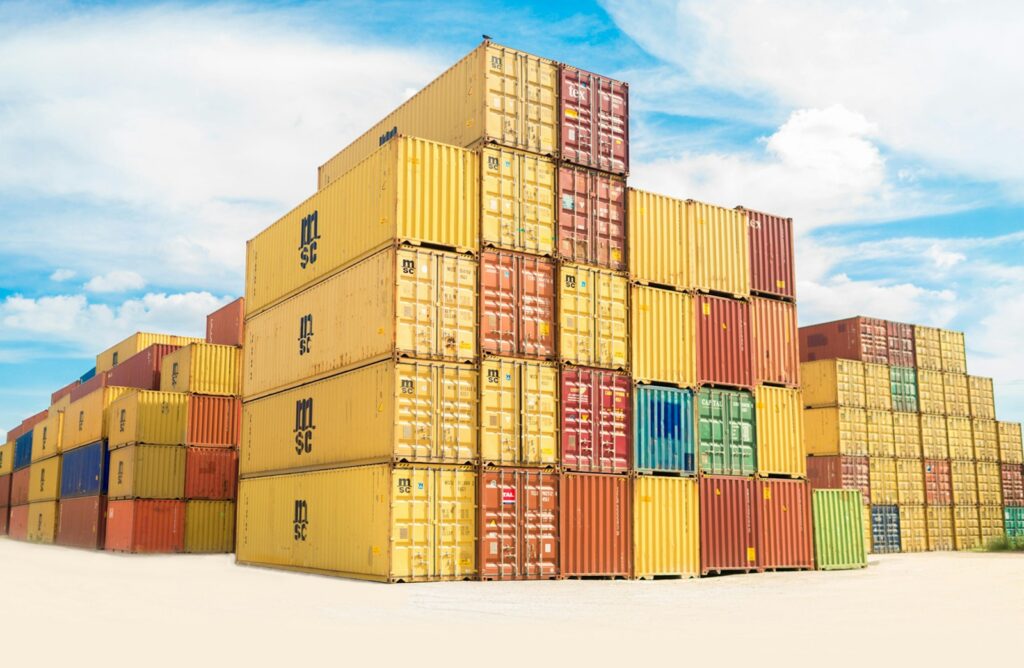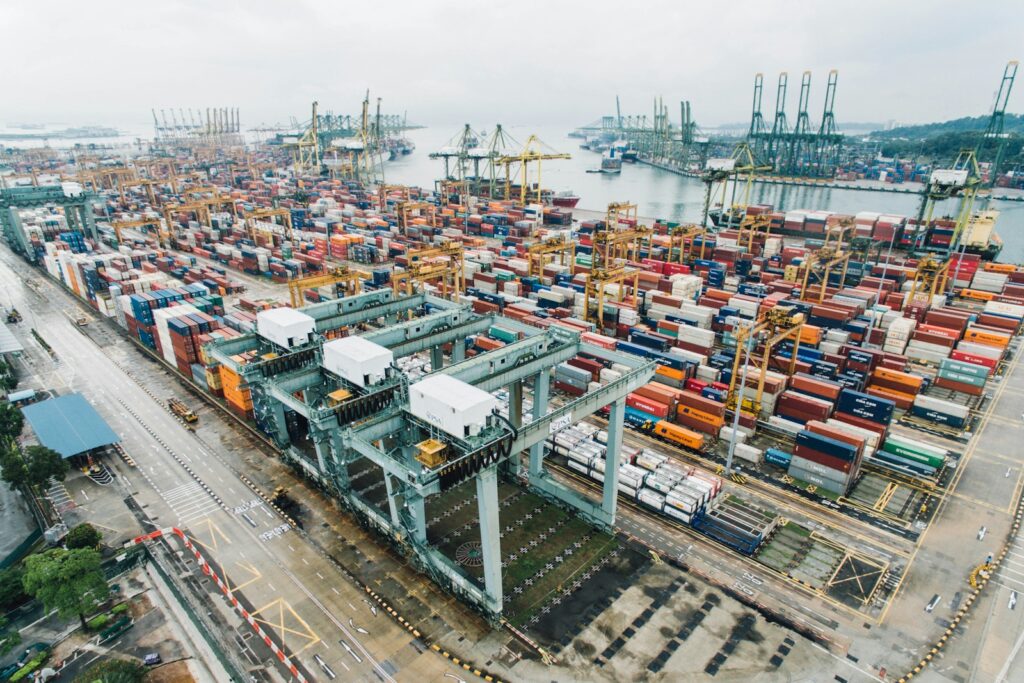September 30, 2024
The Munich suburb of Grünwald, known for its affluent residents ranging from old money elites to corporate executives and sports celebrities, is a community where privacy and understated elegance prevail. This setting was ideal for P&R Containers, a company that, while appearing to be a mundane shipping business, was nestled in a modest building among professional services on a quiet street.
P&R’s facade was one of unassuming simplicity, with its small office space decked out in plain décor—grey carpets and white walls—suggesting nothing beyond ordinary business activities. However, this veneer of normalcy was exactly what enabled P&R to execute one of the largest financial frauds in Germany.
Positioning itself as a trader of shipping containers—the ubiquitous steel boxes used globally to transport goods ranging from household items to industrial equipment—P&R began as a legitimate intermediary. Over time, however, the company shifted its focus from legitimate business operations to orchestrating a massive Ponzi scheme.
By 2018, P&R deceitfully claimed to manage 1.6 million containers, selling them to individual investors and then leasing them back to shipping lines. In truth, they owned just 600,000 containers. The rest were fictitious, a revelation that would eventually devastate the thousands of investors, many of whom were retirees reliant on advice from local financial advisors and had invested substantial portions of their savings in these containers.
P&R’s strategy of exuding modesty and discretion attracted investors who favored security and steady returns over high risks, marking a stark contrast to the eventual upheaval its actions would cause.

In the affluent Munich suburb of Grünwald, home to Germany’s wealthiest, the seemingly modest headquarters of P&R Containers was the epicenter of one of the country’s most significant financial scandals. The company, which presented itself as a legitimate shipping container broker, was actually orchestrating a vast Ponzi scheme, defrauding thousands of investors.
P&R Containers, nestled among professional offices on a quiet street, utilized its inconspicuous setting to conduct dubious operations. It claimed to manage 1.6 million shipping containers, selling them to investors and leasing them back to shipping companies. In reality, the company owned only about 600,000 containers; the rest were non-existent, a revelation that shocked its investors.
The scam attracted retirees and conservative investors drawn by the company’s low-key profile and promises of steady returns. They invested substantial amounts of their savings into what they believed were tangible assets, only to discover the truth when P&R abruptly filed for insolvency in 2018, revealing a staggering €3 billion shortfall.
The fallout from the insolvency was significant. An administrator took over the remnants of the container fleet, attempting to recoup losses for the 54,000 creditors. Investors, many of whom were retirees, formed groups and attended mass meetings in an effort to salvage their investments.
P&R’s founder, Heinz Roth, maintained a low profile throughout the company’s operations, adding to the enigma surrounding the scandal. The firm’s deceptive practices extended over decades, with discrepancies in container numbers growing over the years. By 2017, the company was selling individual containers and promising to buy them back after five years at a reduced rate, a plan that seemed feasible until the insolvency exposed the massive shortfall.
The legal aftermath saw investors and creditors pursuing claims against the auditors and P&R’s estate, but recovery was minimal. The complex web of transactions, spanning multiple countries and involving a Swiss subsidiary, made tracing the funds difficult.
As the insolvency proceedings drag on, the P&R scandal continues to serve as a stark reminder of the dangers of opaque financial dealings and the importance of regulatory oversight in protecting investors from such massive frauds.

